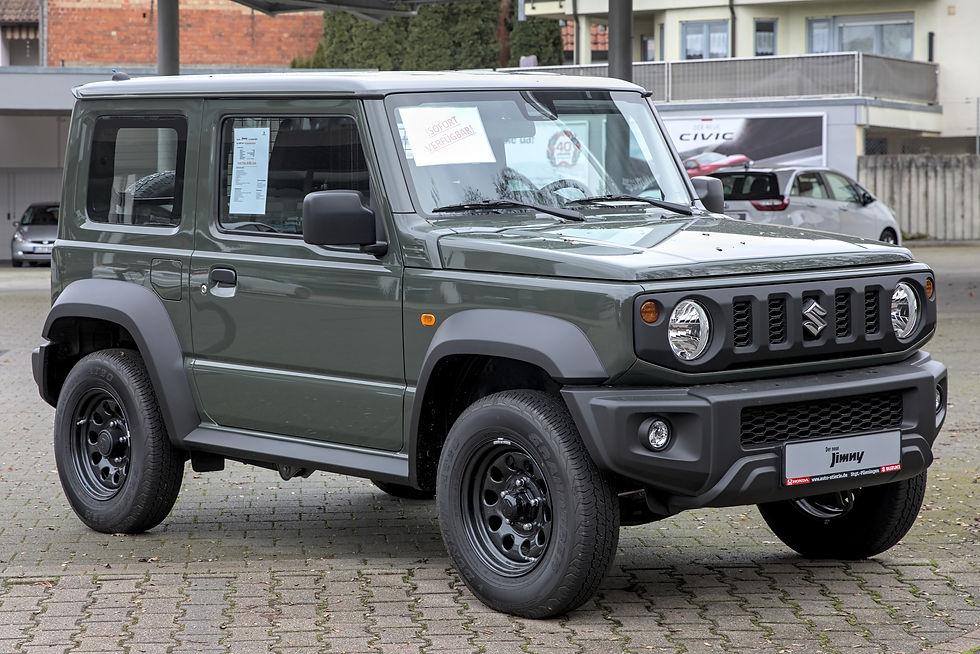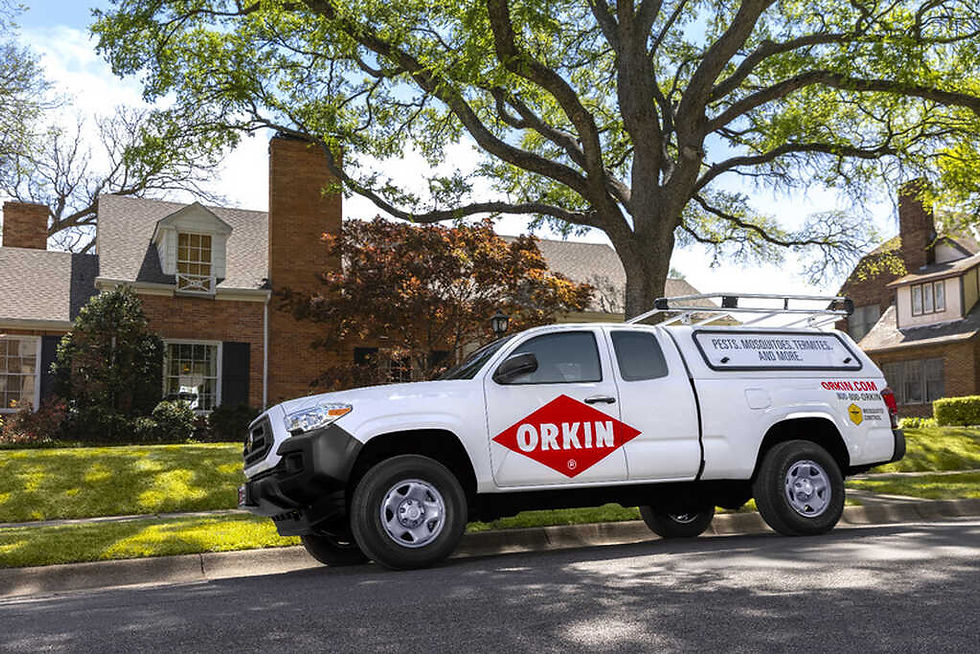In wake of U.S. tariffs, would foreign markets' simpler, smaller, and cheaper trucks & SUVs fix the auto industry here?
- Jack F.

- Apr 5
- 5 min read
Updated: Apr 26

With the tariffs that will engulf the automotive industry apparently under way, it got me thinking what impact would more stripped down, smaller, simpler, and often much cheaper vehicles from foreign markets would have in the United States? Go on Instagram on any foreign market truck and SUV post, and you’ll always see numerous comments about how we need this vehicle available in the U.S. and how it would "do so well here."
Even if we put potential tariffs, EPA, and safety regulations aside for the sake of this argument, unfortunately I don’t think it would be as easy of an answer as I would think.
I saw a clip of the cars and bids podcast last week where the topic was the Toyota Land Cruiser 70, a foreign market Toyota SUV that has remained largely unchanged since its unveiling in the late 80s, and prides itself on its bare bones construction and unceasing long-term reliability and quality as a result.
Host Doug Demuro says you are spending "at least $52k for a worse 4Runner" for everyone who would want this the bare bones (70 series) in the US, but fails to mention you’re getting solid axles, diesel, and could have front and rear lockers. Would US consumers pay a premium for 1. A more stripped down, yet likely more reliable as a result, and more off road capable? Yes some, but (unfortunately) likely not enough.
The real question is not if our market should have access to vehicles like these but would enough of them be bought by typical vehicle buyers? The ones who are comfortable in their fully loaded half ton trucks, and not automotive enthusiasts who exist in this niche corner of automotive social media.
I worry consumer preference would be the detriment of this, even at a competitive or lesser price. We’ve gotten so used to features that have been standard for a long time. If our market had new vehicles offered with the radio/audio system as an option instead of a standard, included offering, I can imagine there would be an outcry of a majority of U.S. consumers. I feel for many average buyers, they consider Apple CarPlay, let alone a radio or speaker system, as a necessity.
Unfortunately, I believe because of largely cemented consumer demands in the US, the average, non-enthusiast buyer would overlook these smaller, more stripped down, yet capable and arguably more reliable options. While the Land Cruiser 70 is priced similarly to Toyota SUVs here in the U.S., what about foreign market vehicles at a much lower price point?

One of my favorites is the new Suzuki Jimny. The 4th generation Suzuki Jimny is a compact, yet highly capable off-roader with a ladder-frame chassis, solid axles, a 4WD low-range transfer case, excellent approach and departure angles, and superb fuel efficiency that can return over 30 MPG. making it one of the most efficient yet rugged 4x4s available. This could all be had for around $20,000 USD, when the Australian MSRP is converted. While Suzuki officially withdrew from the U.S. automotive market in 2012, it remains one of the world's largest automakers by volume, mainly due to its success in India and Japan.
Would enough non-enthusiasts be willing to get into the Jimny even though it would be one of the most capable vehicles in its class? Keep in mind the cheapest Jimny “Lite” model is missing things like a backup camera, parking sensors, blind-spot monitoring, and lane-keep assist — features that have become standard in the last decade. The safety ratings are subpar, and the radio makes the Mitsubishi Mirage look next gen in comparison. Combine all of that with what would be mostly an “unknown” brand to most U.S. buyers, would it take enough market share away from the Jeep Wrangler, that starts at $32,690, at a price point of what would be at least $8-10k less?

Another vehicle that has taken automotive social media by storm is the Toyota Hilux Champ, a simple workhorse of a truck made in Thailand that starts around a mere $13,000 USD. It has a full-sized bed that can haul up to 2,200 lbs., and can tow up to 5,500 lbs. It does remind me of a stripped-down cab chassis from a major manufacturer meant for commercial use, looking out of place on our roads even compared to those. Would a vehicle like this transform the fleet sales (for businesses) market alone here – because this is not for the average buyer who has a truck that doesn’t use it to do “truck things” often. I think it would have huge demand for small businesses, farmers, and similar.
But with that last point leads me to what’s called product cannibalization, a term defined as
“a reduction in sales volume, sales revenue, or market share of one product when the same company introduces a new product.” Even in cases where the Hilux Champ seems like a favorable choice among market buyers, it would eat into sales of the Tacoma SR, a work truck trim starting at over double – $31,950. You could apply this to all of the other major manufacturers as well – why would they offer a more affordable option with less profit margin compared to their existing vehicle lineup?

It puts this hypothetical situation between a rock and a hard place here – established U.S. manufacturers wouldn’t dare build a vehicle that competes with its more profitable options, and foreign manufacturers that aren’t in the U.S. would have a tough time gaining market share and justifying their presence here. Additionally, how would the average buyer react to sparsely equipped vehicles-would they choose a low-priced new vehicle, or a fully loaded used vehicle? Would the warranty, parts availability, etc. be able to justify this new car purchase?
I am not saying we don’t need affordable vehicles, but rather, those offered in foreign markets today may not be a good fit for the role it would need to fill here in the US, despite what social media comments may continue to say.






Comments